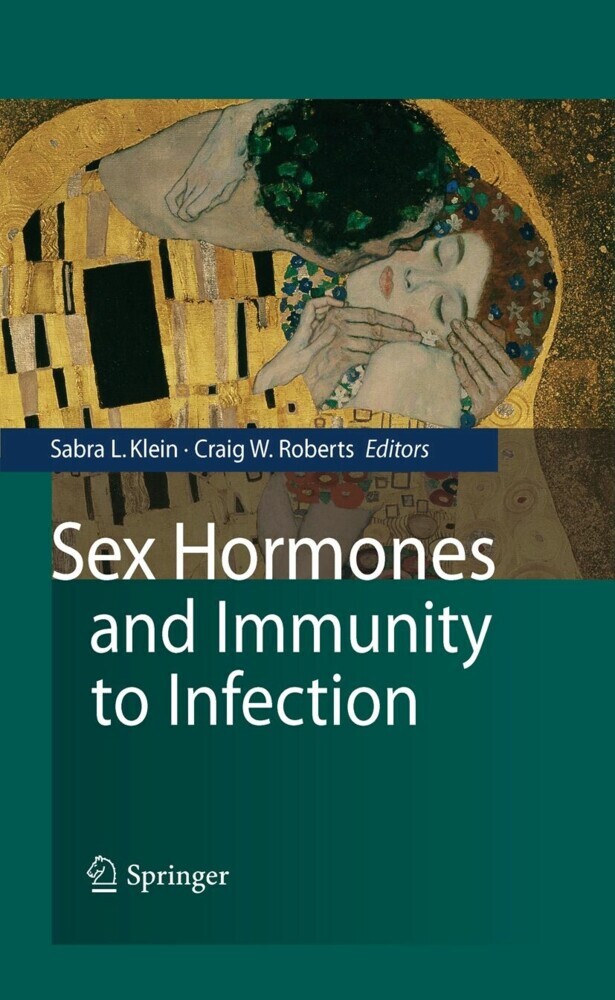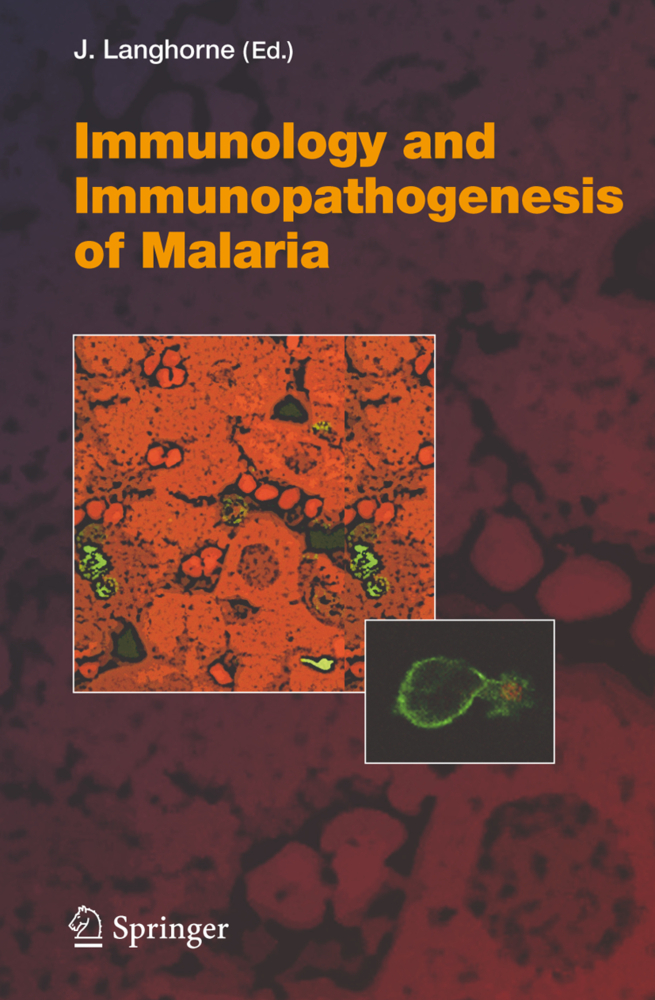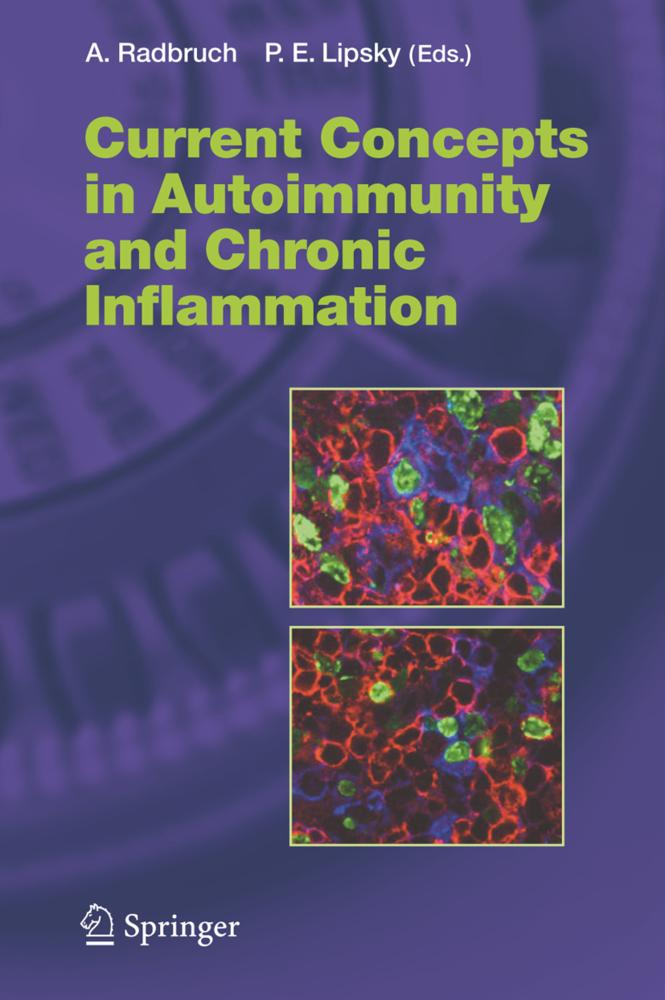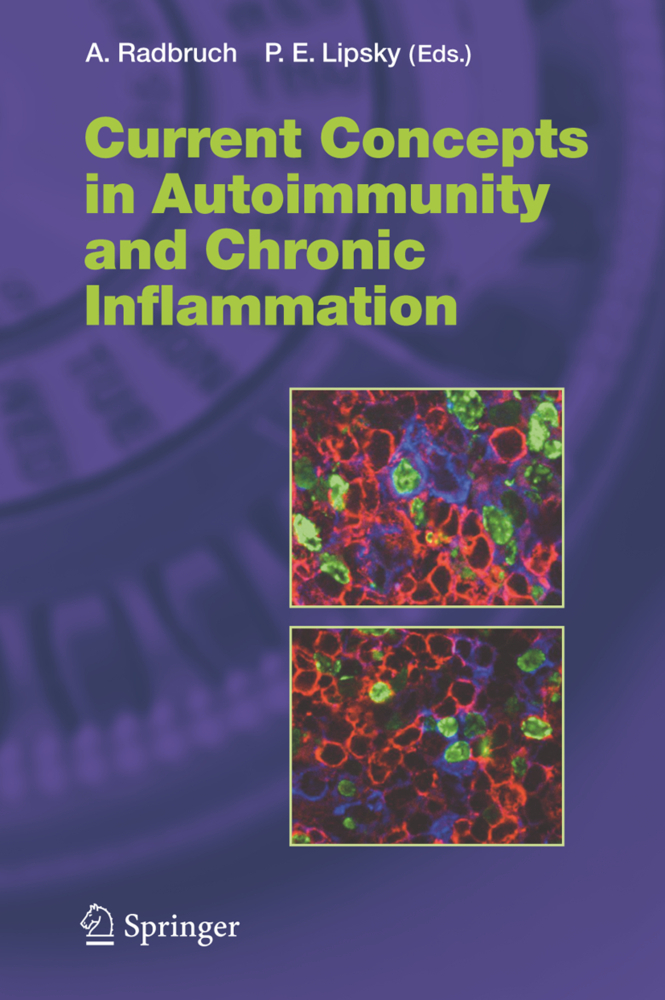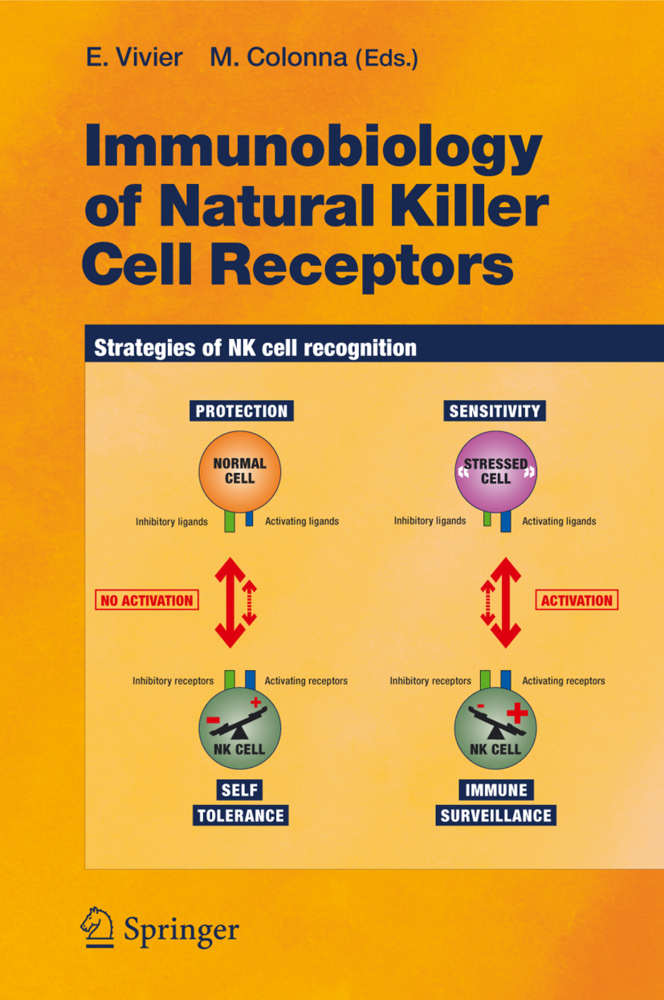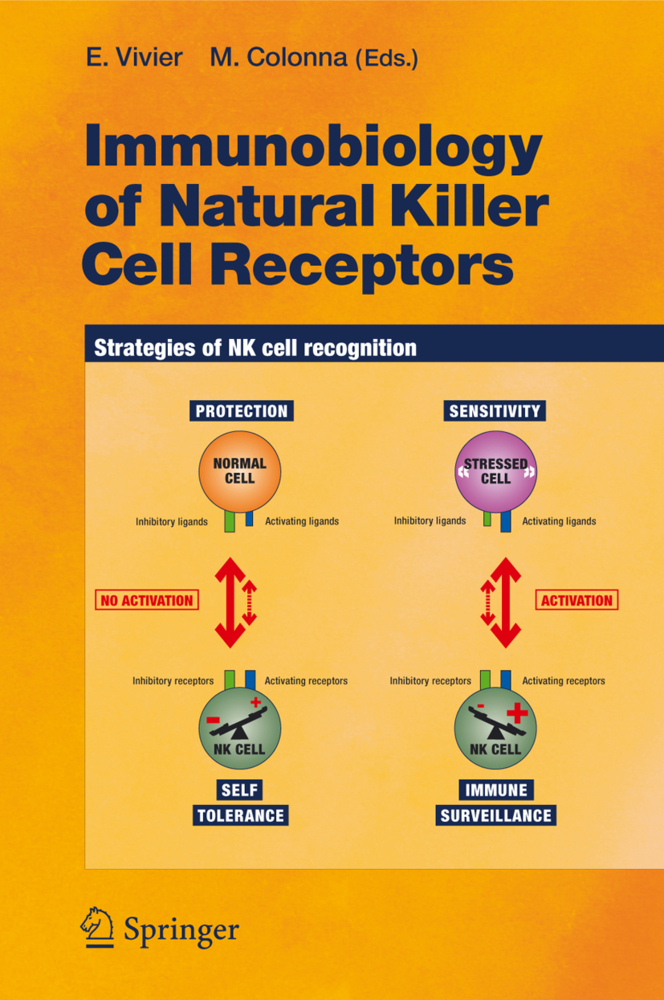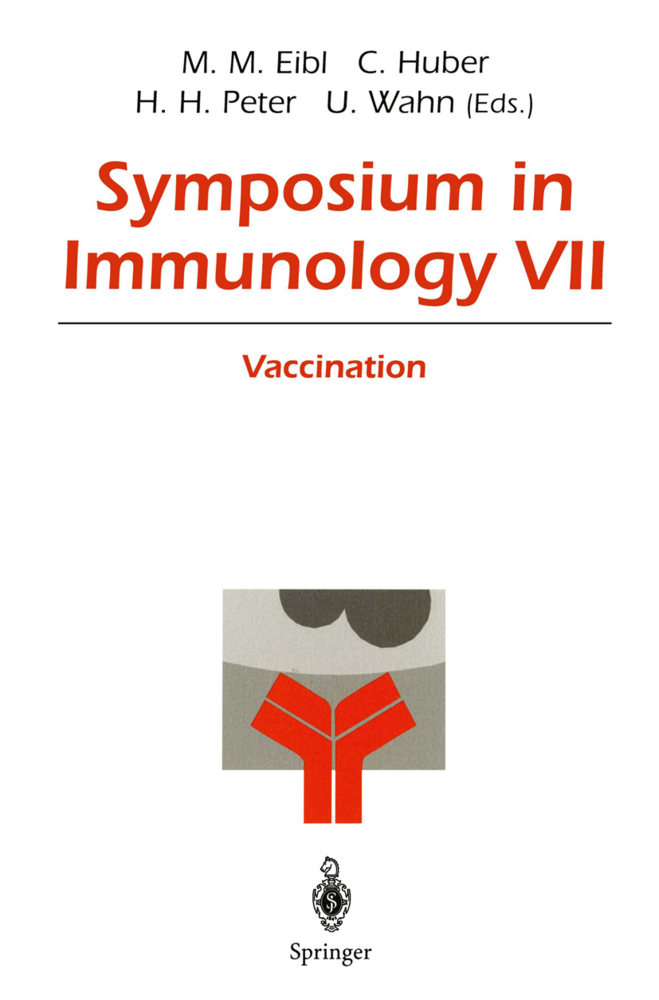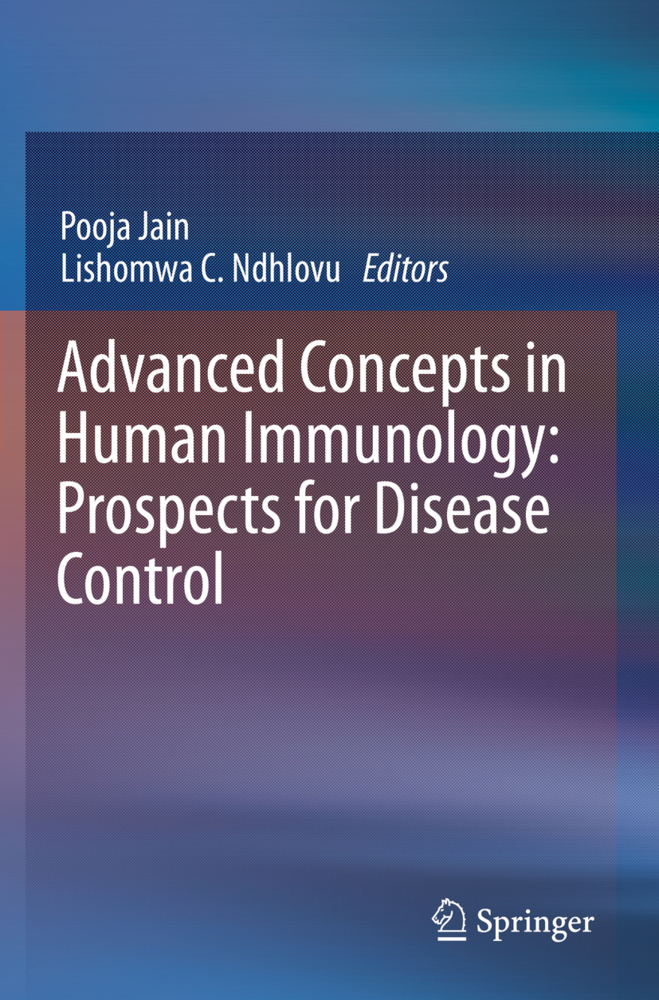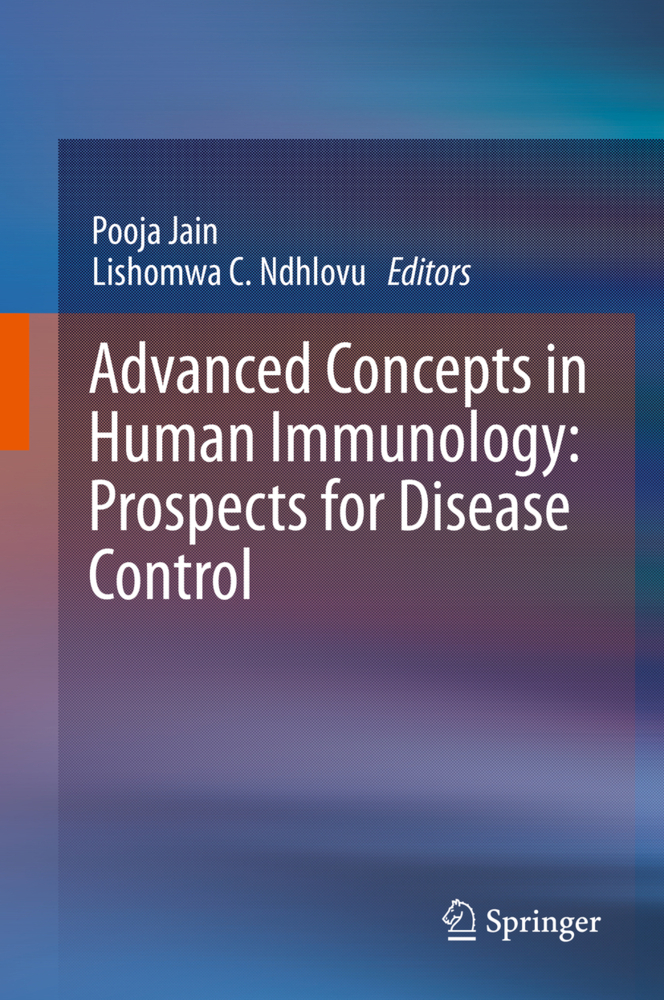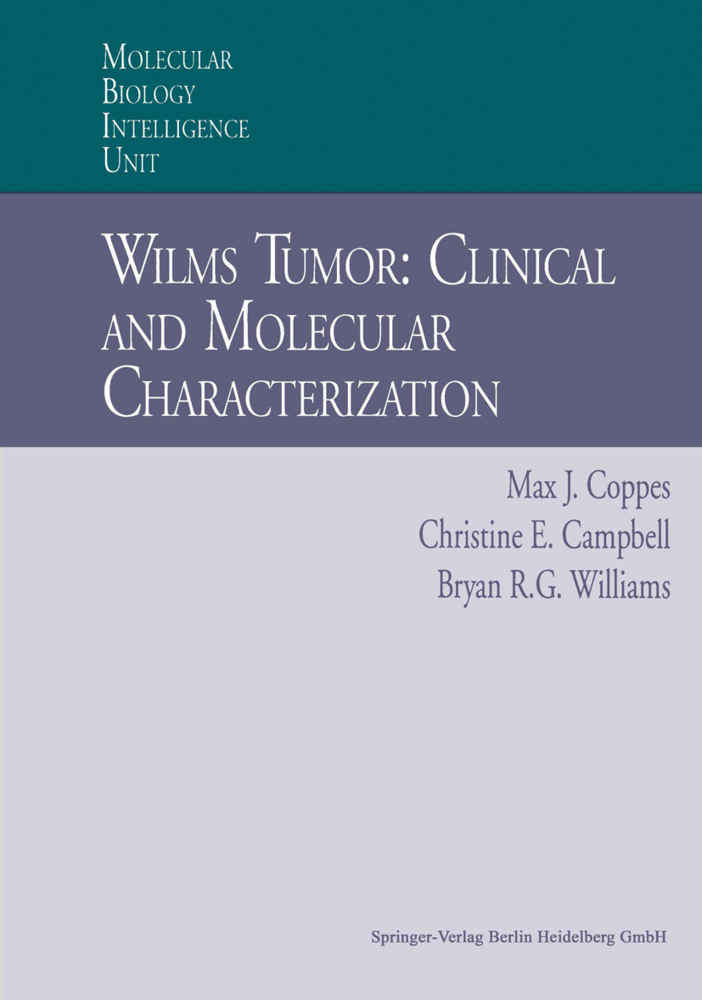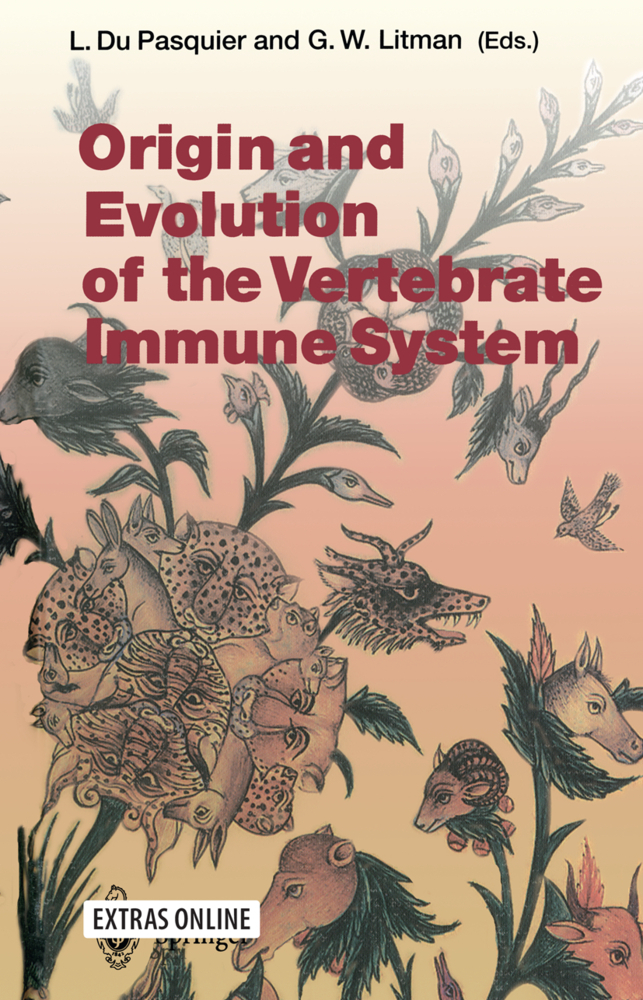Why sex matters
Among human and nonhuman animals, the prevalence and intensity of infection typically is higher in males than females and may reflect differences in exposure as well as susceptibility to pathogens. Elevated immunity among females is a double-edged sword in which it is beneficial against infectious diseases but is detrimental in terms of increased development of autoimmune diseases.
The present book critically reviews the evolutionary origin and the functional mechanisms responsible for sexual dimorphism in response to infection. It emphasizes the value of examining responses in both males and females to improve our understanding about host-pathogen interactions in both sexes.
The contributors are experts in their specific disciplines which range from microbiology and immunology to genetics, pathology, and evolutionary biology.
The book aims at bringing insight to the treatment and management of infectious diseases; it delineates areas where knowledge is lacking and highlights future avenues of research.
1;157857_1_En_FM1_OnlinePDF;1 2;157857_1_En_1_Chapter_OnlinePDF;9 2.1;Chapter Chapter 1: Sex Differences in Susceptibility to Infection: An Evolutionary Perspective;9 2.1.1;Introduction;9 2.1.2;Levels of Analysis: Proximate and Ultimate Explanations in Biology;11 2.1.3;Sexual Selection and Sex Differences in Infection;12 2.1.4;The Role of Life History Theory;14 2.1.5;Empirical Approaches;14 2.1.6;Theoretical Approaches;16 2.1.7;Future Directions;23 2.1.8;References;24 3;157857_1_En_2_Chapter_OnlinePDF;26 3.1;Chapter Chapter 2: Effects of Sex Steroids on Innate and Adaptive Immunity;26 3.1.1;Sources of Sex Steroids: Physiological and Exogenous;26 3.1.2;Sex Steroid Regulation of Innate Immune Cells;28 3.1.2.1;Neutrophils;28 3.1.2.2;Macrophages;29 3.1.2.3;Dendritic Cells;30 3.1.2.4;Natural Killer Cells;31 3.1.3;Sex Steroid Regulation of Proinflammatory Cytokines and Chemokines;32 3.1.3.1;TLR Signaling;32 3.1.3.2;Proinflammatory Cytokines;34 3.1.3.2.1;TNF-a and IL-1a/beta;34 3.1.3.2.2;IL-12;35 3.1.3.2.3;IL-18;36 3.1.3.2.4;IL-27;36 3.1.3.2.5;IFN-gamma;37 3.1.3.3;Proinflammatory Chemokines;38 3.1.3.4;NOS2-Derived Nitric Oxide;39 3.1.3.5;NFkappaB;39 3.1.4;Sex Steroid Regulation of T Cell Responses;40 3.1.4.1;Th1 Cells and T-Bet;41 3.1.4.2;Th2 Cells and IL-4;41 3.1.4.3;Th17 Cells and IL-17;42 3.1.4.4;Regulatory T Cells;43 3.1.5;Conclusions;44 3.1.6;References;45 4;157857_1_En_3_Chapter_OnlinePDF;59 4.1;Chapter Chapter 3: Sex Steroid Receptors in Immune Cells;59 4.1.1;Introduction;59 4.1.2;Estrogen Receptors;60 4.1.2.1;Estrogen Receptor Expression and Ligands;60 4.1.2.1.1;ER Expression in Immune Cells;60 4.1.2.1.2;Endogenous, Pharmacological or Environmental ER Ligands;61 4.1.2.1.3;Choosing Appropriate Model Systems for ER Studies;62 4.1.2.2;Mechanisms of Estrogen Receptor Signaling;63 4.1.2.2.1;ER Structure and Functional Domains;63 4.1.2.2.2;ERs Function as Nuclear Transcription Factors;64 4.1.2.2.3;ERs are Signal Transduction Molecules;67 4.1.2.2.4;ER Signaling Regulates Pathways Important for Immune Responses;68 4.1.2.2.4.1;NF-kappaB;68 4.1.2.2.4.2;STAT Proteins;69 4.1.2.2.4.3;TGF-beta;69 4.1.2.2.4.4;Survival and Proliferation Pathways;70 4.1.2.3;ER Signaling and ER Ligands in Immune Cell Development;70 4.1.2.3.1;Hematopoietic Progenitors;70 4.1.2.3.2;Dendritic Cells;71 4.1.2.3.3;Lymphocytes;72 4.1.3;Androgen Receptors;72 4.1.3.1;Androgen Receptor Expression and Ligands;72 4.1.3.1.1;AR Expression in Immune Cells;72 4.1.3.1.2;AR Ligands;73 4.1.3.2;Mechanisms of Androgen Receptor Signaling;74 4.1.3.2.1;AR Structure and Functional Domains;74 4.1.3.2.2;Nuclear AR Signaling Pathways;75 4.1.3.2.3;Functions of AR in Nongenomic Signal Transducing Pathways;75 4.1.3.2.4;AR Cross-Talk with Other Cellular Signaling Pathways;76 4.1.3.3;Effects of Androgens and ARs on Immune Function;77 4.1.3.4;Androgens and AR in Immune Cell Development;78 4.1.4;Progesterone Receptors;79 4.1.4.1;Progesterone Receptor Expression and Receptor Ligands;79 4.1.4.1.1;PR Expression in Immune Cells;79 4.1.4.1.2;PR Ligands;79 4.1.4.2;Mechanism of Progesterone Receptor Signaling;80 4.1.4.2.1;PR Structure and Functional Domains;80 4.1.4.2.2;PRs Function as Nuclear Transcription Factors;80 4.1.4.2.3;PR Ligand-Independent Signaling;81 4.1.4.2.4;PR as Signal Transducing Molecules;81 4.1.4.3;PR Signaling and PR Ligands in Immune Cell Development;82 4.1.5;Conclusions;83 4.1.6;References;83 5;157857_1_En_4_Chapter_OnlinePDF;98 5.1;Chapter Chapter 4: Sex Differences in Susceptibility to Viral Infection;98 5.1.1;Basic Virology;98 5.1.1.1;What are Viruses?;98 5.1.1.2;DNA and RNA Viruses;99 5.1.1.3;Replication and Utilization of Host Cell Machinery for Survival;100 5.1.1.4;Virus Receptors;100 5.1.2;Host Immune Responses Against Viruses;101 5.1.2.1;Detection of Viruses by Host Cells;101 5.1.2.2;Type 1 Interferons;102 5.1.2.3;Adaptive Immune Responses to Viruses;103 5.1.3;Sex Differences in Response to Viral Infection;103 5.1.3.1;Sexually Transmitted Viruses;106 5.1.3.2;Picornaviruse
| ISBN | 9783642021558 |
|---|---|
| Artikelnummer | 9783642021558 |
| Medientyp | E-Book - PDF |
| Copyrightjahr | 2009 |
| Verlag | Springer-Verlag |
| Umfang | 319 Seiten |
| Sprache | Englisch |
| Kopierschutz | Digitales Wasserzeichen |

